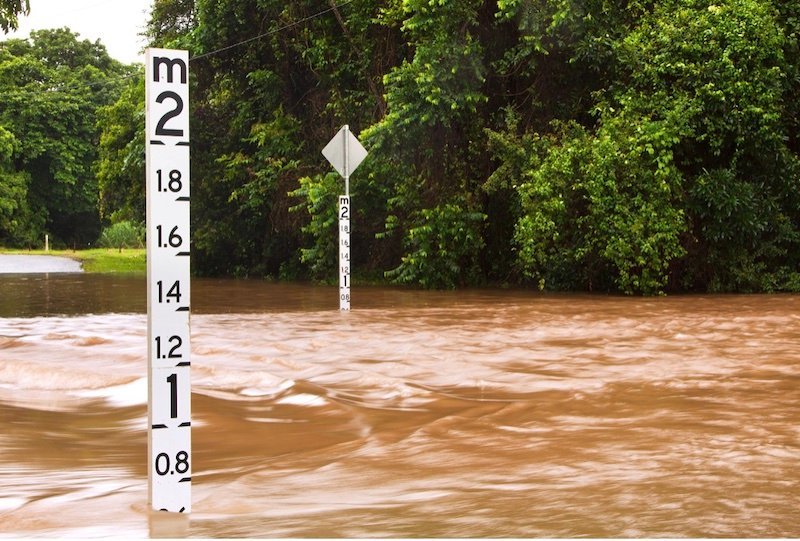Title: Navigating the Waters: A Comprehensive Guide to Flood Insurance in Australia
Introduction:
Australia’s diverse climate and geographical features make it susceptible to various natural disasters, including floods. The devastating impact of floods on homes and communities underscores the importance of having comprehensive flood insurance. This extensive guide aims to shed light on the complexities of flood insurance in Australia, covering topics such as risk factors, coverage options, government initiatives, and tips for safeguarding your home against the financial aftermath of flooding.

I. Understanding Flood Risk in Australia:
- Geographical Factors: a. Explore regions in Australia prone to flooding. b. Discuss the impact of Australia’s diverse geography, including coastal areas, river basins, and floodplains.
- Climate and Weather Patterns: a. Examine how climate zones and weather patterns contribute to flood risk. b. Discuss the role of heavy rainfall, cyclones, and storms in causing floods.
- Urban Development and Infrastructure: a. Explain how urban development and infrastructure affect flood risk. b. Discuss the impact of impervious surfaces and inadequate drainage systems.
II. Types of Flood Insurance Coverage:
- Building and Contents Insurance: a. Define building and contents insurance for flood coverage. b. Discuss the coverage provided for structural and personal property damage.
- Exclusions and Limitations: a. Highlight common exclusions in flood insurance policies. b. Discuss limitations on coverage, including waiting periods and deductible considerations.
- Government Initiatives: a. Explore government initiatives to address flood risk. b. Discuss programs such as the National Flood Insurance Program and their impact on homeowners.
III. Government Initiatives and Policies:
- National Flood Insurance Program (NFIP): a. Provide an in-depth look at Australia’s National Flood Insurance Program. b. Discuss the eligibility criteria for homeowners and the coverage provided.
- Flood Mapping and Risk Assessments: a. Explain the role of flood mapping in risk assessments. b. Discuss how homeowners can access flood risk information for their properties.
- Building Codes and Regulations: a. Discuss building codes and regulations aimed at mitigating flood risk. b. Explore the importance of compliance and how it affects insurance premiums.

IV. Tips for Homeowners:
- Risk Mitigation Strategies: a. Provide practical tips for homeowners to minimize flood risk. b. Discuss the importance of elevation, flood barriers, and landscaping considerations.
- Insurance Shopping Guide: a. Offer guidance on choosing the right flood insurance policy. b. Discuss factors such as coverage limits, deductibles, and premium considerations.
- Claim Process and Documentation: a. Outline the steps homeowners should take when filing a flood insurance claim. b. Provide a checklist for documenting and reporting damages.

V. Future of Flood Insurance in Australia:
- Technological Advances: a. Explore how technology is aiding in flood risk assessment and insurance coverage. b. Discuss innovations such as satellite imagery, modeling, and data analytics.
- Climate Change and Adaptation: a. Discuss the impact of climate change on flood risk. b. Explore how insurance practices may evolve to address changing climate patterns.
Conclusion:
In conclusion, flood insurance is a crucial component of a comprehensive risk management strategy for Australian homeowners. By understanding the various aspects of flood insurance, from risk factors to coverage options and government initiatives, homeowners can make informed decisions to protect their homes and finances. As climate patterns evolve, staying informed about flood risks and insurance options becomes increasingly crucial. Investing in flood insurance today is an investment in securing a stable and resilient future for homes across Australia.

